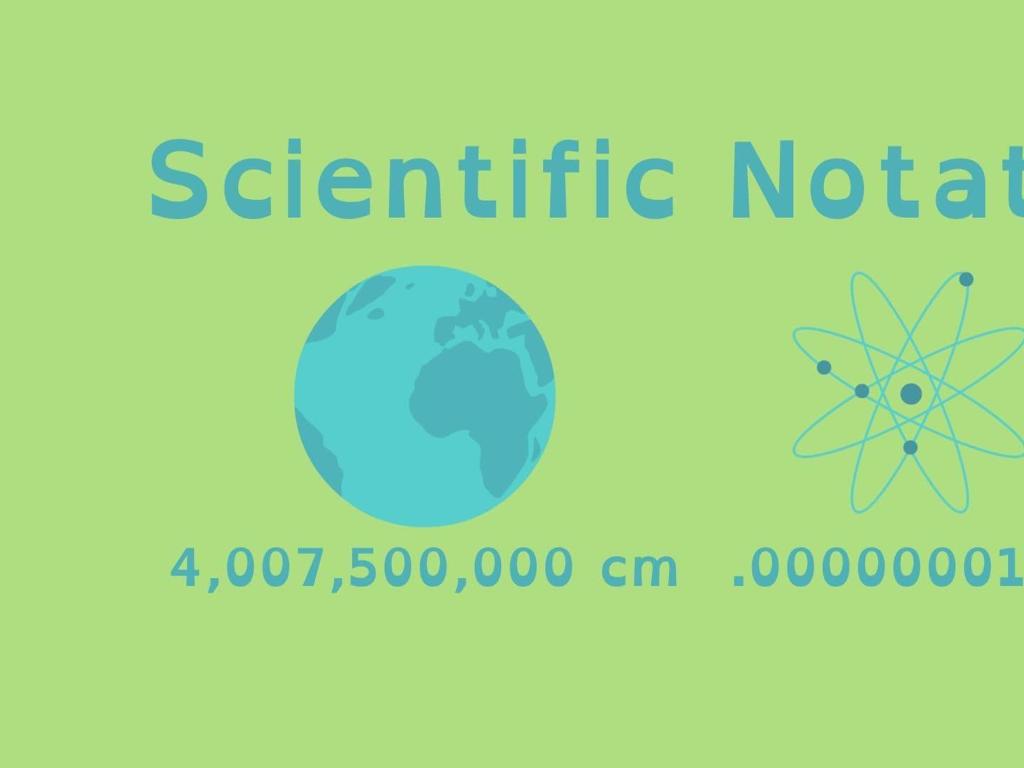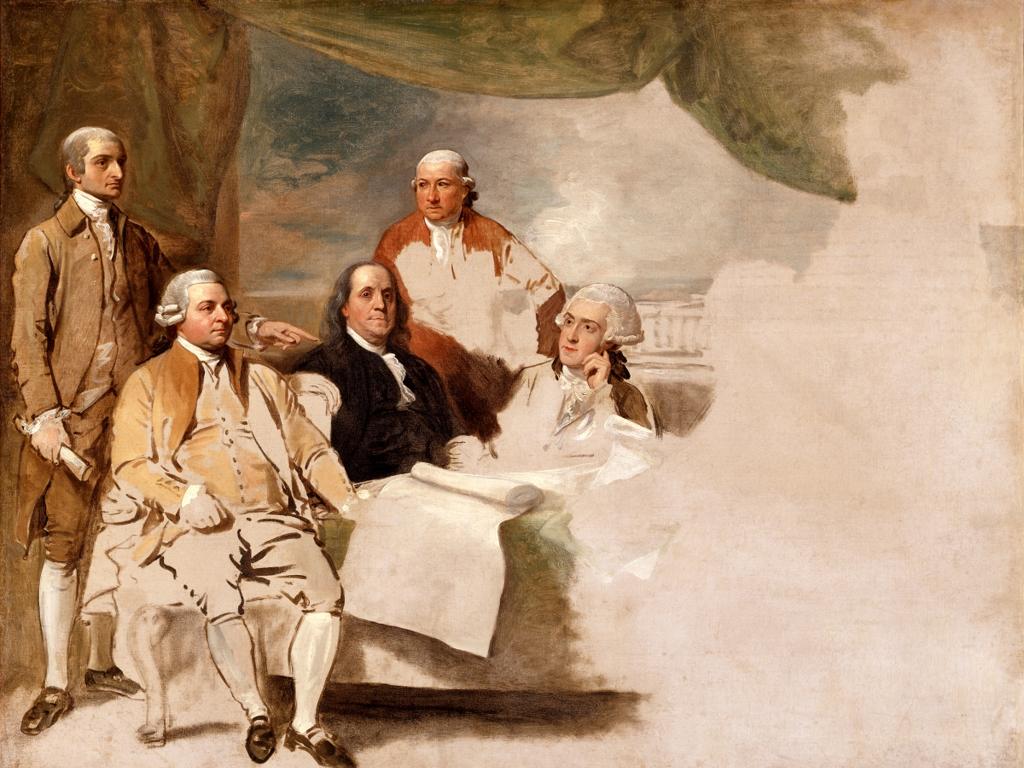Force Pairs And Momentum
Subject: Science
Grade: High school
Topic: Physics
Please LOG IN to download the presentation. Access is available to registered users only.
View More Content
Force Pairs and Momentum
– Newton’s Third Law explained
– For every force, there’s a force of equal magnitude but opposite direction.
– Every action has an equal reaction
– If you push on a wall, the wall pushes back with equal force.
– Momentum and its conservation
– Momentum, a product of mass and velocity, is conserved in isolated systems.
– Real-world examples of force pairs
– Consider the recoil of a gun when fired or the push-back when jumping off a boat.
|
This slide introduces the fundamental concepts of force pairs and momentum, which are crucial in understanding the dynamics of motion. Newton’s Third Law states that for every action, there is an equal and opposite reaction, which is the basis for analyzing force pairs. Students should grasp that forces always come in pairs and affect the interacting objects equally and oppositely. Discuss momentum as a conserved quantity in physics, meaning the total momentum of a closed system does not change. Use tangible examples like the recoil of a gun or the force felt when jumping off a boat to illustrate these principles in a way that resonates with high school students. Encourage them to think of other examples where they experience force pairs in their daily lives.
Understanding Momentum in Physics
– Momentum defined
– Momentum is the product of an object’s mass and velocity.
– Momentum formula: p = m x v
– ‘p’ represents momentum, ‘m’ is mass in kg, and ‘v’ is velocity in m/s.
– Momentum’s vector nature
– Unlike scalar quantities, momentum has both magnitude and direction.
– Momentum’s direction and magnitude
– The direction of momentum is the same as the object’s velocity.
|
This slide introduces the concept of momentum, a fundamental idea in physics, particularly in the study of motion. Start by defining momentum as the measure of an object’s motion, which depends on both its mass and velocity. Emphasize that momentum is a vector quantity, meaning it has both magnitude and direction. The direction of an object’s momentum is always the same as the direction of its velocity. Use examples like a moving car or a thrown ball to illustrate the concept. Encourage students to think about how different masses and velocities affect an object’s momentum and to consider real-life applications of momentum conservation.
Conservation of Momentum in Physics
– Momentum conservation principle
– In a closed system, the total momentum before and after an event is the same.
– Real-world conservation examples
– Pool balls striking each other, rockets launching into space.
– Elastic vs. inelastic collisions
– Elastic collisions conserve both momentum and kinetic energy, while inelastic do not.
– Momentum in closed systems
|
This slide introduces the principle of conservation of momentum, a fundamental concept in physics. It’s crucial for students to understand that in a closed system, where no external forces are acting, the total momentum remains constant before and after an event. Provide real-world examples such as collisions between pool balls or the launch of a rocket, where momentum is transferred but the total remains unchanged. Discuss the difference between elastic and inelastic collisions, emphasizing that elastic collisions conserve kinetic energy while inelastic ones do not. Use demonstrations or simulations to illustrate these concepts if possible. Encourage students to think of other examples where momentum conservation is observed.
Newton’s Third Law and Momentum
– Newton’s Third Law explained
– For every action force, there’s a reaction force of equal magnitude but opposite direction.
– Identifying force pairs
– Action: Earth pulls apple; Reaction: Apple pulls Earth.
– Newton’s Law affects motion
– This law explains why we move forward when we push backward against the ground.
– Real-world applications
– Consider rocket propulsion or walking as examples of the law in action.
|
This slide introduces Newton’s Third Law of Motion, emphasizing the concept of action and reaction force pairs. It’s crucial for students to understand that forces always come in pairs and that this interaction is fundamental to all motion. Examples like the mutual forces between the Earth and an apple, or the forces involved in walking and rocket propulsion, can help illustrate these concepts. Encourage students to think of other examples where action and reaction forces are at play, and discuss how this principle is essential for understanding the conservation of momentum in closed systems.
Force Pairs in Action: Newton’s Third Law
– Walking as a force pair example
– When we walk, our feet push back on the ground while the ground pushes us forward.
– Rocket launch demonstrates force pairs
– Rockets expel gas downwards, which pushes them upwards into space.
– Force pairs’ effect on motion
– For every action, there’s an equal and opposite reaction affecting how objects move.
– Class demo: Interactive force pairs
– We’ll perform a hands-on activity to see force pairs in real life.
|
This slide introduces the concept of force pairs through real-world examples and prepares students for an interactive demonstration. Start by explaining how walking involves a force pair: the force exerted by the feet against the ground and the ground’s equal and opposite force that moves us forward. Then, describe how rockets launch by expelling gases downward, creating an upward thrust. Discuss how these examples illustrate Newton’s Third Law of Motion, emphasizing that in every interaction, there is a pair of forces acting on the two interacting objects. The interactive demonstration should involve students in an activity that makes them feel the force pairs, such as using a skateboard to show how pushing against the ground propels them forward. Provide detailed guidelines for the teacher to conduct the demonstration safely and effectively, with alternative activities for different student groups if necessary.
Calculating Momentum
– Formula for momentum (p=mv)
– Class practice: Calculate momentum
– Let’s solve a momentum problem together!
– Momentum units: kg*m/s
– Understand kilograms times meters per second
– Significance of momentum units
– Why do we use kg*m/s for momentum?
|
This slide introduces the concept of calculating momentum in physics. Start by explaining the formula for momentum, p=mv, where p is momentum, m is mass in kilograms, and v is velocity in meters per second. Engage the class with a practice problem to calculate momentum, ensuring active participation. Clarify the units of momentum, kg*m/s, and discuss why these particular units are used. Emphasize the importance of understanding both the concept and the units to fully grasp the physical significance of momentum. Provide additional practice problems for students to solve individually or in groups, and encourage them to think about momentum in the context of everyday occurrences.
Momentum and Collisions
– Analyze momentum pre/post-collision
– Compare total momentum of objects before and after they collide.
– Momentum conservation in collisions
– In a closed system, the total momentum before and after a collision is the same.
– Problem-solving collision scenarios
– Use mathematical formulas to solve problems involving collision scenarios.
|
This slide introduces the concept of momentum in the context of collisions. Students should understand that momentum, a product of mass and velocity, is conserved in collisions within a closed system. This conservation is a fundamental principle in physics and is crucial for analyzing and predicting the outcomes of collision events. The slide encourages students to engage with problem-solving by applying the conservation of momentum to various collision scenarios, enhancing their critical thinking and analytical skills. Provide examples such as car crashes or billiard balls colliding to illustrate these concepts in a relatable way. Encourage students to work through problems step-by-step and to consider both elastic and inelastic collisions in their analyses.
Class Activity: Momentum Conservation Experiment
– Conduct a hands-on momentum experiment
– Use carts and a track to visualize momentum conservation
– Observe momentum transfer with carts
– Watch how momentum is transferred between carts during collision
– Analyze results in group discussion
– Discuss the outcome and what it tells us about momentum
|
This class activity is designed to provide a practical understanding of the conservation of momentum. Students will use carts and a track to simulate collisions and observe how momentum is transferred between objects. It’s crucial to ensure safety during the experiment by checking the setup and supervising the activity. After the hands-on experience, students will form groups to discuss their observations and analyze the results. The teacher should guide the discussion towards understanding that the total momentum before and after the collision remains constant, illustrating the principle of conservation of momentum. Possible variations of the experiment for different groups could include varying the mass of the carts, using different surfaces for the track, or changing the initial speeds of the carts.
Recap: Force Pairs and Momentum
– Review of force pairs (Newton’s 3rd Law)
– For every action, there’s an equal and opposite reaction.
– Momentum and its conservation
– Momentum, p, is mass times velocity (p=mv) and is conserved in closed systems.
– Significance in understanding physics
– These principles explain motion and interactions of objects.
– Open floor for student questions
|
This slide aims to summarize the key concepts of force pairs and momentum. Begin by revisiting Newton’s Third Law of Motion, which states that for every action, there is an equal and opposite reaction, and discuss how this relates to force pairs. Then, recap the principle of momentum, emphasizing its conservation in closed systems and the formula p=mv. Highlight the importance of these concepts in physics, as they are fundamental to understanding the behavior of moving objects and their interactions. Finally, encourage students to ask questions to clarify their understanding, fostering an interactive learning environment. This is also an opportunity to assess comprehension and address any lingering uncertainties.
Homework: Momentum and Force Pairs
– Complete momentum problem set
– Solve various problems to understand momentum conservation.
– Answer reflective questions on force pairs
– Think about action-reaction pairs and their effects.
– Study for the upcoming quiz
– Quiz will cover all topics discussed today.
– Review today’s lesson materials
|
This homework assignment is designed to reinforce the concepts of momentum and Newton’s third law regarding force pairs. Students should complete a set of problems that require them to calculate momentum, ensuring they understand the conservation of momentum principle. Reflective questions will help them to think critically about action-reaction force pairs and how they apply to real-world scenarios. Encourage students to review their notes and any materials provided during the lesson to prepare for the quiz. This will help solidify their understanding and give them the confidence to perform well on the assessment.


/postwar_america_transformation.jpg)



